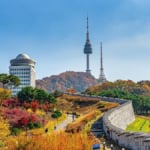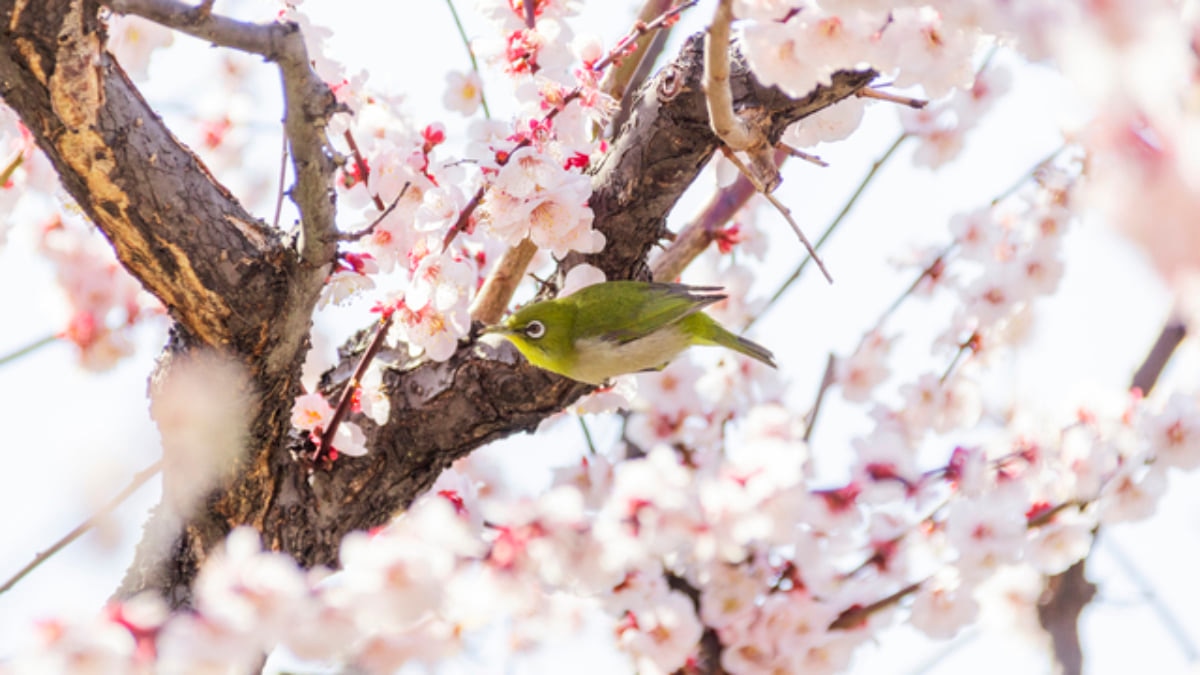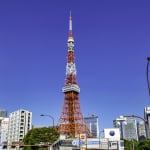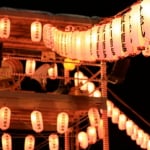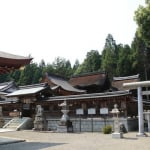Photo by doron/Pixta
Ume Matsuri: The Top 5 Places to See Plum Blossoms in Tokyo
Each year in late February and early March, before the cherry blossoms come into bloom, Tokyo celebrates a different kind of flower festival. Ume, also known as plum blossom trees or Japanese apricots, are native to East Asia, and both the flowers and the fruit are a part of traditional Japanese culture. The fruits are used to make umeshu, a sweet plum wine, and foods like umeboshi, sour pickled plums eaten as a side dish or with rice. The blossoms are symbolic of the transition from winter to spring, and have been the subject of poetry and paintings for centuries. Celebrate the season and see what all the fuss is about by taking part in one of Tokyo's best plum blossom festivals and viewing spots.
table of contents
[x] close
Ume Matsuri: The Top 5 Places to See Plum Blossoms in Tokyo
Keio Mogusaen
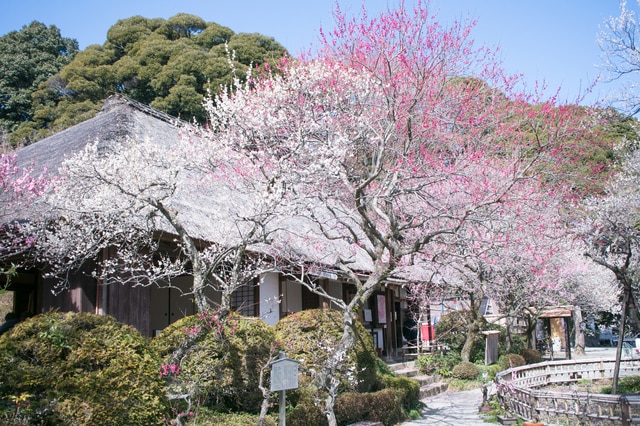
Photo by Masa/Pixta
Keio Mogusaen is a traditional Japanese garden near Fuchu in western Tokyo. The garden is small but pleasant and equipped with an ornamental pond, the Mogusa Hachiman Shrine and two historic tearooms. Set on a hill, Keio Mogusaen also offers scenic viewpoints over the surrounding towns. The garden boasts one of the largest groupings of plum blossom trees, with over 50 varieties and 500 trees, most of which were planted here over 300 years ago during Japan's feudal era.
Keio Mogusaen hosts a plum blossom festival every year, typically held over the first three weeks of February. The festival includes live musical performances on weekends and food stalls selling salt-grilled ayu (sweetfish), steamed buns and other local specialties.
Kameido Tenjin Shrine
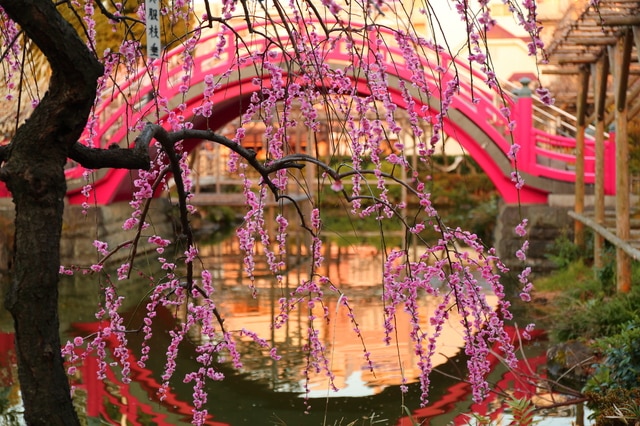
Photo by Ran/Pixta
Kameido Tenjin is a Shinto Shrine located in Tokyo's old shitamachi (low town), about a ten-minute walk from Kameido Station in eastern Tokyo. The shrine is known for its scenic gardens and the oriental bridge stretching over the pond. Kameido's Tenjin Shrine's 300 plum blossom trees begin blooming at the end of February, while full bloom coincides with the shrine's annual ume matsuri or 'plum blossom festival' in March. The shrine is most famous, however, for its trailing wisteria trellises, which come into bloom in April.
The neighborhood around Kameido Tenjin Shrine is full of old school charm, with many shops specializing in traditional Japanese fare, including the kuzumochi, a starchy rice cake famous in these parts.
Koishikawa Korakuen
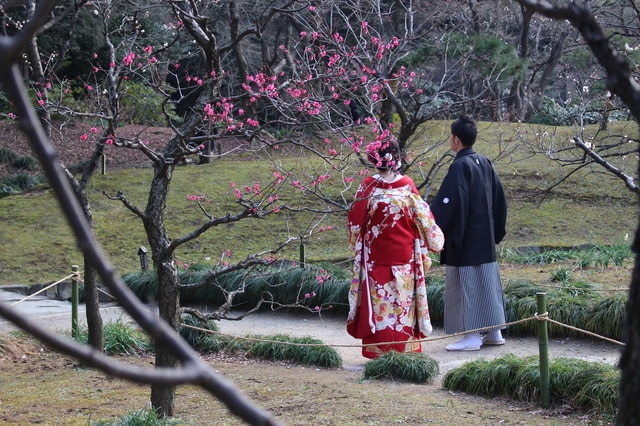
Photo by TK_Garnett/Pixta
Koishikawa Korakuen is a traditional landscape garden commissioned by the local feudal lord nearly 400 years ago and is now one of Tokyo's most beautiful urban parks. Just a quarter of the original garden remains, but it is still comparable in size to the neighboring amusement park complex, Tokyo Dome City. Koishikawa Korakuen is memorable for its harmonizing of classical Chinese and Japanese design aspects, from the enormous Igyou Lantern to the landmark Engetsu-kyo Bridge, in which the arch was designed to form the silhouette of a moon on the pond. The garden has tranquil grove of ume trees and is a popular spot for ume-viewing in early spring. Koishikawa Korakuen is close to several stations with Korakuen Station on the Marunouchi Line the closest.
Ushi Tenjin Kitano Shrine
Just minutes from Koishikawa Korakuen is Ushi Tenjin Kitano Shrine, a modest shrine dedicated to Sugawara Michizane, an ancient scholar who is now recognized as a deity of education. Fittingly, the shrine is popular with students who purchase amulets (omamor) hoping for academic success. According to legend, Sugawara appeared to Minamoto Yoritomo, the first shogun of the Kamakura Period and founder of Ushi Tenjin Kitano Shrine, in a dream astride a cow. Since that time, cows have often been worshiped along with Sugawara as guardian deities.
The iron cow statue at Ushi Tenjin Kitano Shrine is said to grant wishes to those who stroke it. The small shrine is proud of its mature plum trees, and hosts a plum blossom festival each year in February when the blossoms appear.
Hanegi Park
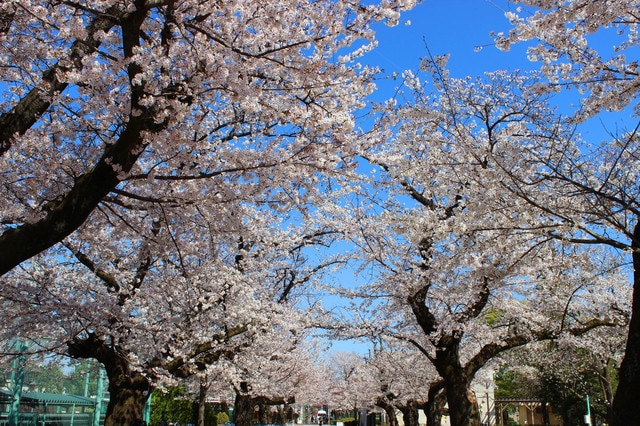
Photo by SUYA/Pixta
Located in Setagaya Ward near the hip Shimokitazawa neighborhood, Hanegi Park is a spacious public park boasting over 650 plum trees. The park is a vast collection of walking trails, children's playgrounds, tennis courts and a jogging track, and is a popular spot to walk among the pale pink petals or host a 'ume hanami' picnic in February. The park is also host to the Setagaya Ume Matsuri, a busy annual festival with food stalls, workshops and live shows on weekends. Hanegi Park's plum tree garden is conveniently situated near Seishin-do, a traditional teahouse within the boundaries of the park offering tea and snacks.
In Conclusion
Japan has a wide variety of flowering plum trees. Some produce deep pink, robust petals, while others are so pale they are almost white. While plum trees seem to blossom more sparsely than the prolific cherry blossoms, they are an essential component of Japanese culture and a symbol of the resilience of nature. Enjoy this brief but beautiful season in Tokyo by admiring these delicate petals at on one of the city's best ume-viewing spots.

